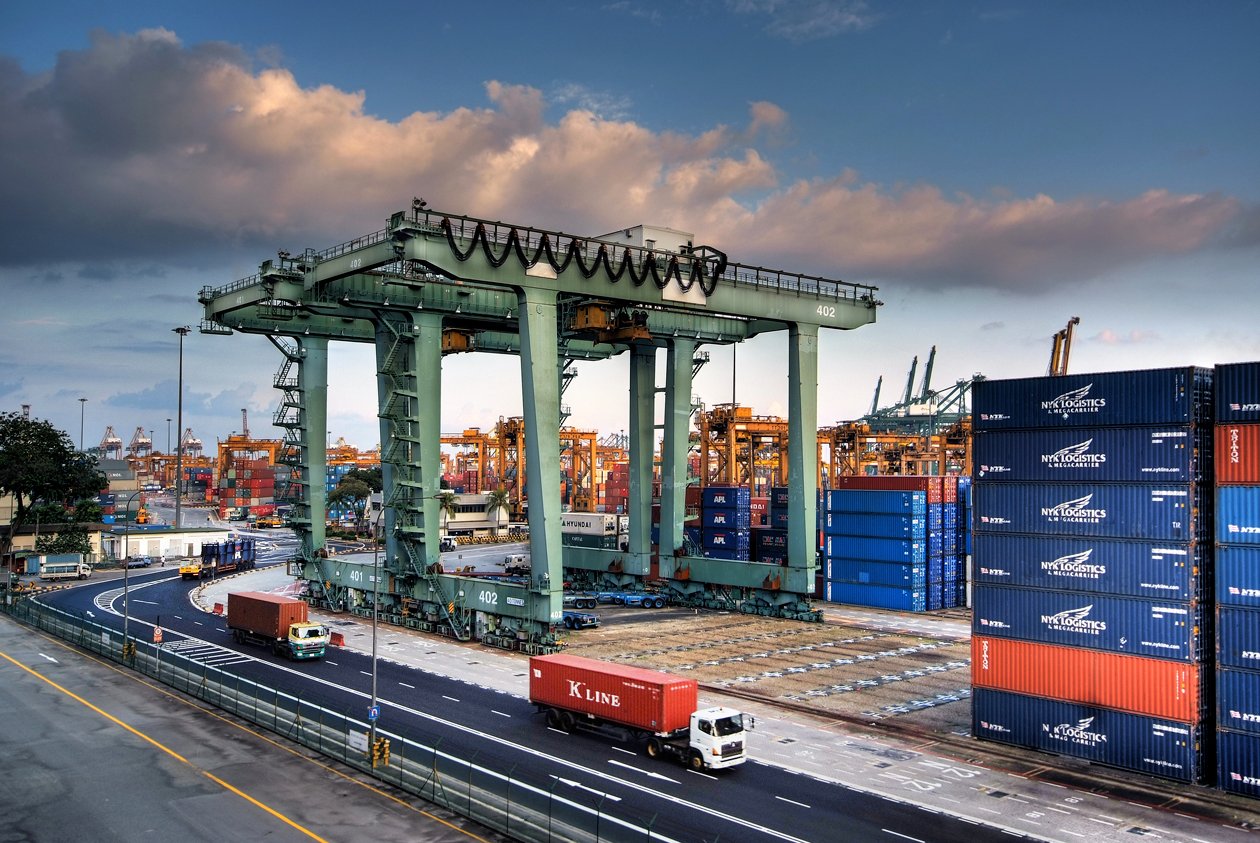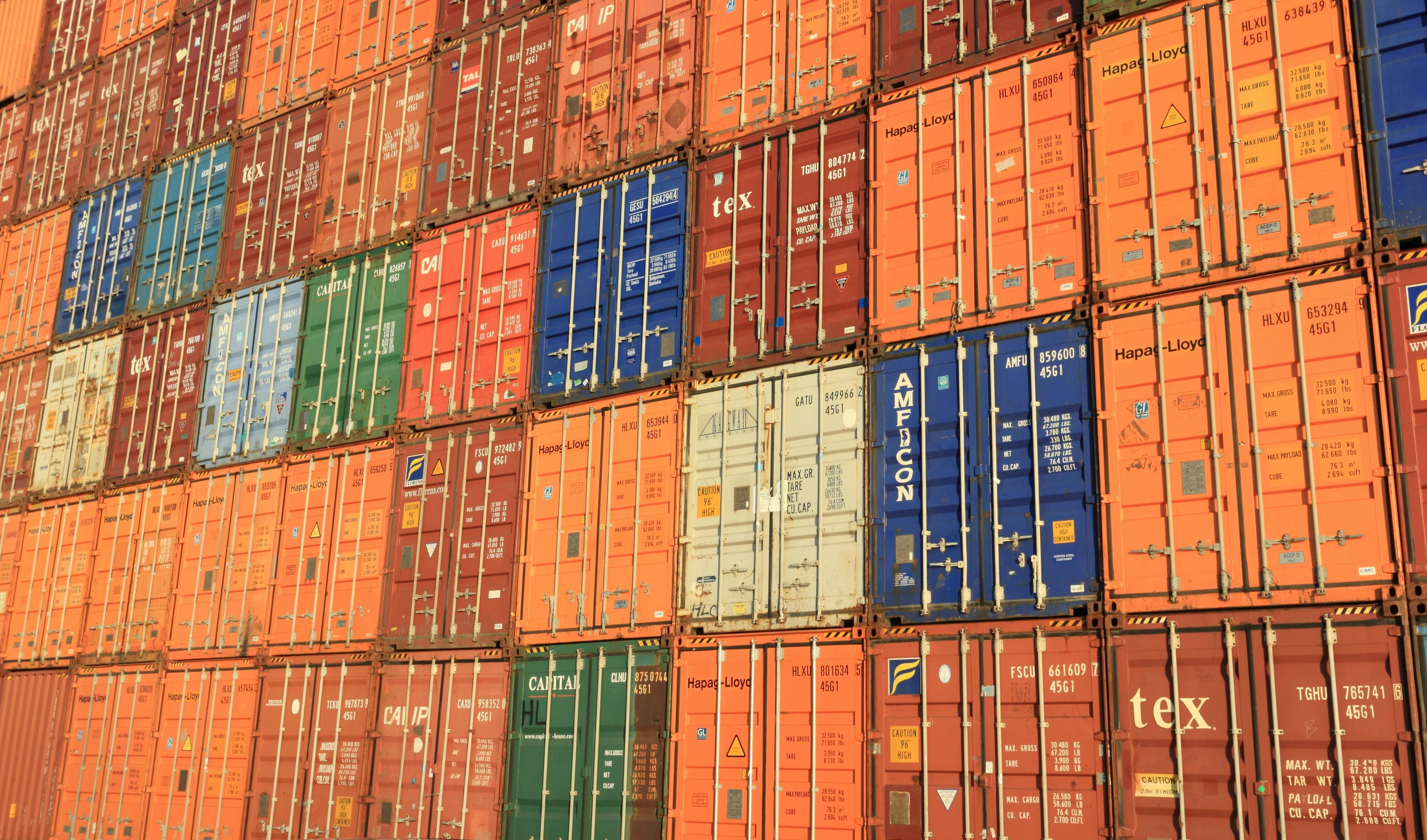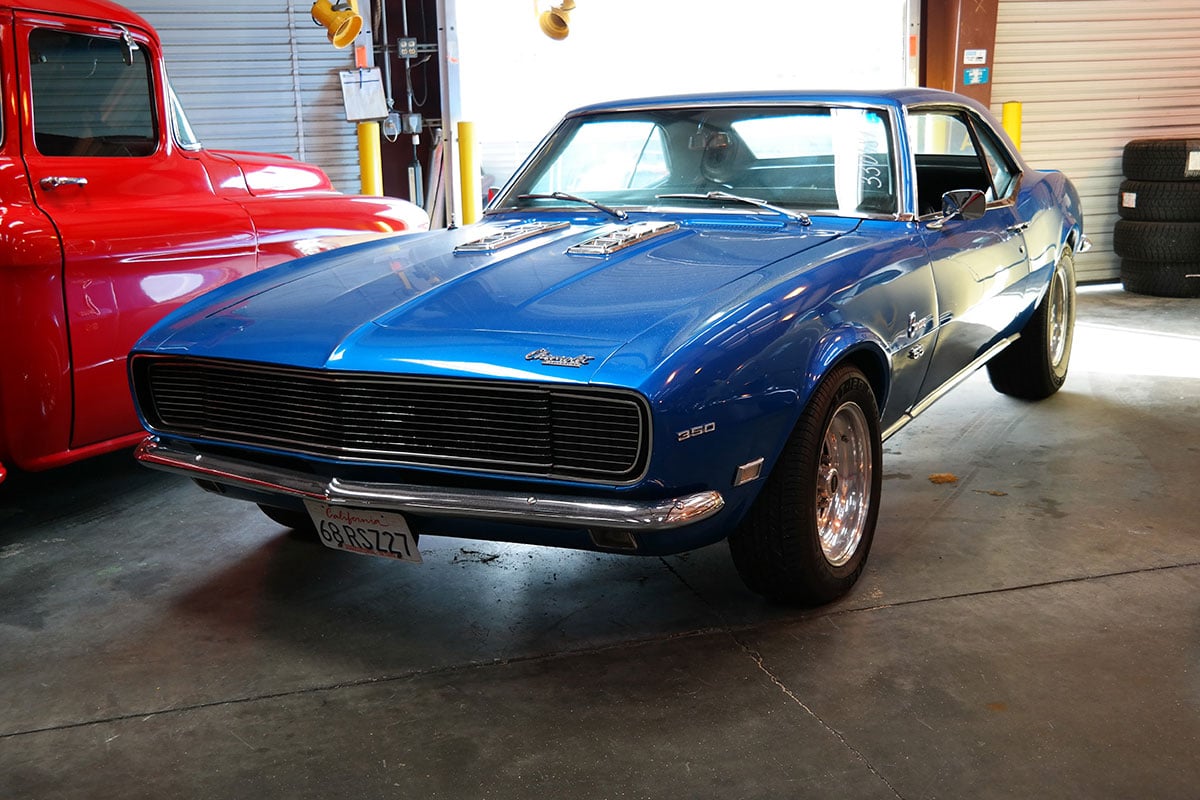US-China Tariff War 2025: Context, Trade Deal, and Car Shipping Impact
The US-China trade war reached new heights in early 2025, sending shockwaves through the global auto industry and international shipping. After months of escalating tariffs, a surprise May 2025 deal has temporarily eased tensions, but for car importers and exporters, the landscape remains complex and uncertain. Here's what you need to know about how we got here, what the new deal means, and how it affects car shipping and logistics.
For a detailed breakdown of the original US auto tariff policy, see our main article: Trump's 25% Tariff on Imported Cars: Impact on Auto Shipping.
How the US-China Tariff War Escalated

The roots of the current standoff go back to 2018, but the most dramatic escalation began in early 2025. In March, the US government announced a sweeping 25% tariff on all imported vehicles and auto parts not made in the United States, justified on national security grounds under Section 232 of the Trade Expansion Act. This was on top of existing tariffs, and it hit not just China but all major auto-exporting nations.
China, already the world's third-largest car exporter, responded with its own steep tariffs on US goods. By April 2025, the US had raised tariffs on many Chinese goods to 145%, and China retaliated with duties as high as 125% on American imports. These moves included not just finished vehicles, but also critical car parts, electronics, and even rare earth minerals needed for EV batteries.
The result:
-
Vehicle prices soared for importers and consumers in both countries.
-
Global supply chains were disrupted as manufacturers rushed to reroute shipments, source alternative parts, or pause exports entirely.
-
Shipping volumes at major US ports dropped by up to 40% as importers held back or sought other markets.
The May 2025 Trade Deal: What Changed?
On May 12, 2025, after marathon talks in Geneva, the US and China announced a surprise 90-day truce. Both sides agreed to drastically roll back tariffs for this period while continuing negotiations:
-
US tariffs on Chinese goods dropped from 145% to 30% for 90 days.
-
China cut its tariffs on US goods from 125% to 10% for the same period.
-
Both countries suspended or revoked some of the most punishing countermeasures, including restrictions on rare earth exports and certain electronics.
Financial markets rallied on the news, but the deal is temporary and does not cover all sectors. Notably, the 25% US tariff on imported vehicles and car parts remains in effect. Key sectors like steel, aluminum, and fentanyl-related chemicals are also excluded from the pause.
The 25% Auto Tariff: Still in Place

Despite the broader tariff rollback, the 25% tariff on imported cars and auto parts remains fully enforced. This means:
-
All non-US-made vehicles entering American ports face a 25% duty (plus the standard 2.5% base tariff for modern vehicles).
-
Auto parts, engines, transmissions, and electronics from China (and other countries) are still subject to the 25% duty as of May 3, 2025.
-
Classic cars over 25 years old remain exempt, continuing under the original 2.5% import duty.
For importers, this means a $40,000 modern car now incurs an $11,000 tariff, and a $10,000 shipment of parts faces $2,500 in duties. These costs are immediate and unavoidable unless the vehicle qualifies for an exemption.
Global Industry and Logistics Impact

Supply Chain Disruptions
The tariff war has forced automakers and suppliers to rethink their entire supply chains.
-
Some manufacturers have shifted production to the US to avoid tariffs, but this is a slow and expensive process.
-
Others have paused exports, rerouted shipments, or sought new suppliers in North America, Europe, or Southeast Asia.
-
Shipping companies have seen a sharp drop in trans-Pacific cargo, with some ports reporting a 40% reduction in vessel calls and import volumes in April and May.
Price Increases and Delays
-
US consumers face higher prices on imported vehicles and parts, as automakers pass on tariff costs.
-
Parts shortages and production slowdowns are common as global supply chains adjust.
-
Classic car imports remain a bright spot, as they are exempt from the new tariffs.
Retaliatory Risks
-
The threat of renewed escalation remains if talks fail after the 90-day window.
-
China and the US have both warned they will reimpose or even increase tariffs if negotiations break down.
What This Means for Car Shipping
Importing to the US
-
Modern vehicles and parts from China (and most other countries) still face the 25% tariff.
-
Classic cars (25 years and older) remain at the 2.5% duty rate.
-
Timing is critical: The tariff is enforced based on the arrival date at the US port, not the shipment date.
-
No grandfather clause: Cars already in transit when the tariff took effect are still subject to the new duty.
Exporting from the US
-
US-made cars sent to China now face only a 10% tariff for 90 days (down from 125%), but this could change if talks stall.
-
Shipping volumes may rebound temporarily as some exporters rush to take advantage of the lower tariffs.
Logistics Strategies
-
Careful planning and documentation are essential. Ensure all paperwork is in order to avoid customs delays and unexpected costs.
-
Monitor trade news closely. The tariff environment is changing rapidly, and a new agreement or breakdown could affect costs overnight.
-
Work with an experienced shipping partner that understands the latest customs rules and can help you navigate the evolving landscape.
Conclusion
The 2025 US-China tariff war has upended the global auto trade, with steep duties, supply chain chaos, and shifting shipping patterns. While the new 90-day deal offers some relief for many goods, the 25% US tariff on imported cars and parts remains in full force. For car importers, exporters, and logistics professionals, staying informed and working with experienced partners is more important than ever.
If you need guidance on how these tariffs affect your next shipment, contact us. As always, our team is ready to help you navigate every twist and turn in the international car shipping landscape.
For a full analysis of the US auto tariff policy, visit our main article: Trump's 25% Tariff on Imported Cars: Impact on Auto Shipping.
You May Also Like
These Related Stories

Mexico's Nearshoring Boom: Tariff-Free Muscle Car Shipping Under USMCA

Best Muscle Car Import Opportunities Before June 1: Beat the Tariff Surge
.jpg)
-093789-edited.png?width=220&height=79&name=wcs_final_logo_(1)-093789-edited.png)
